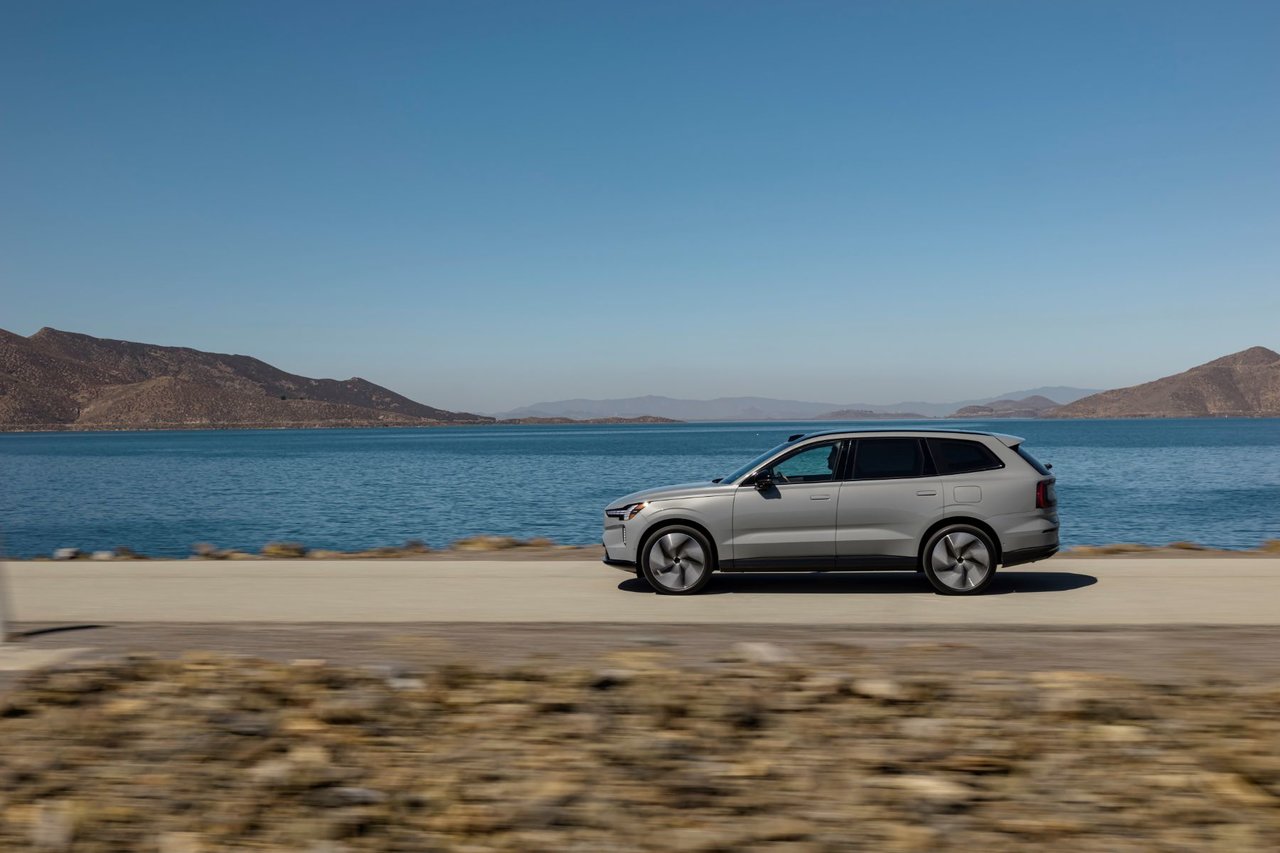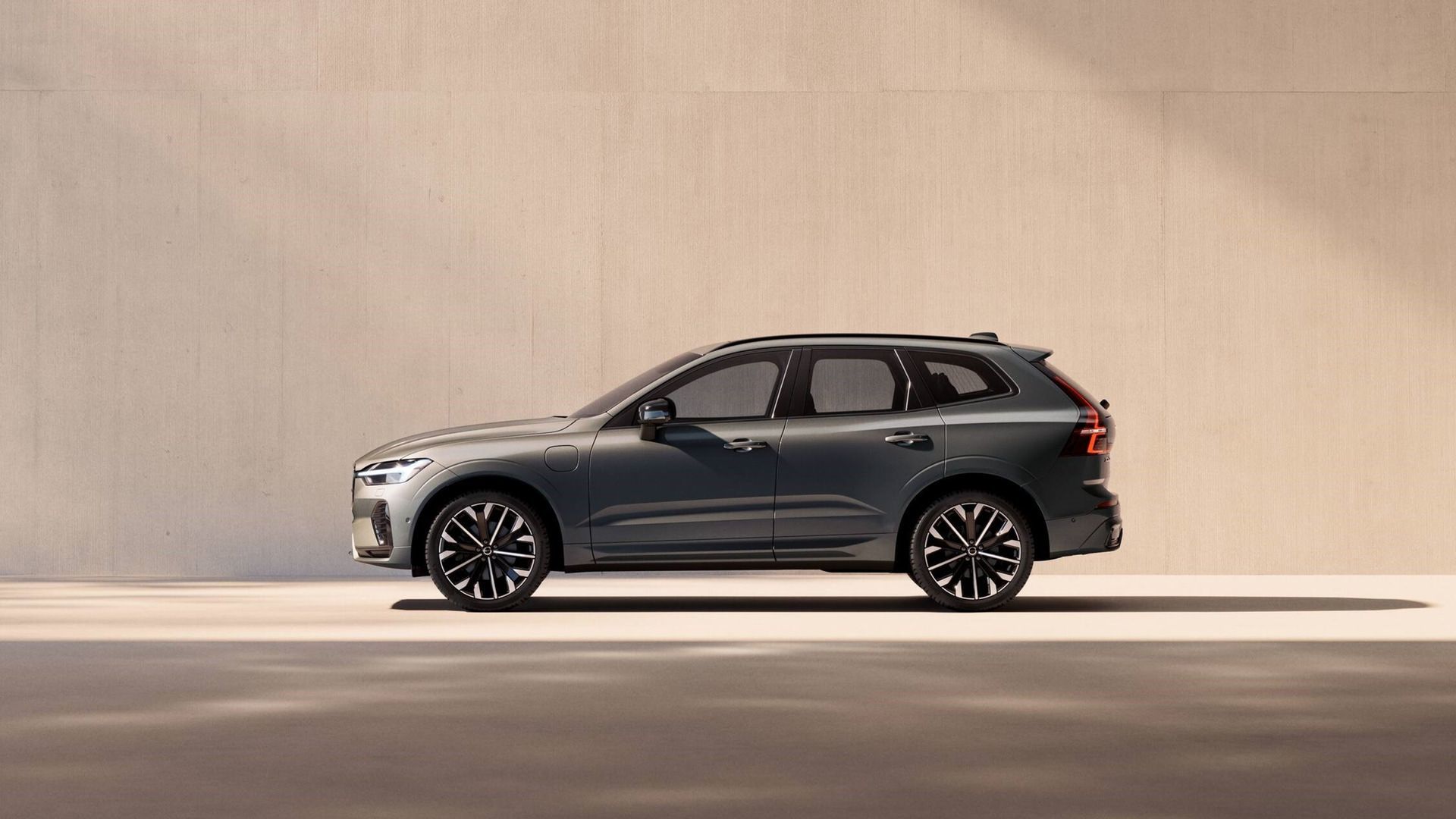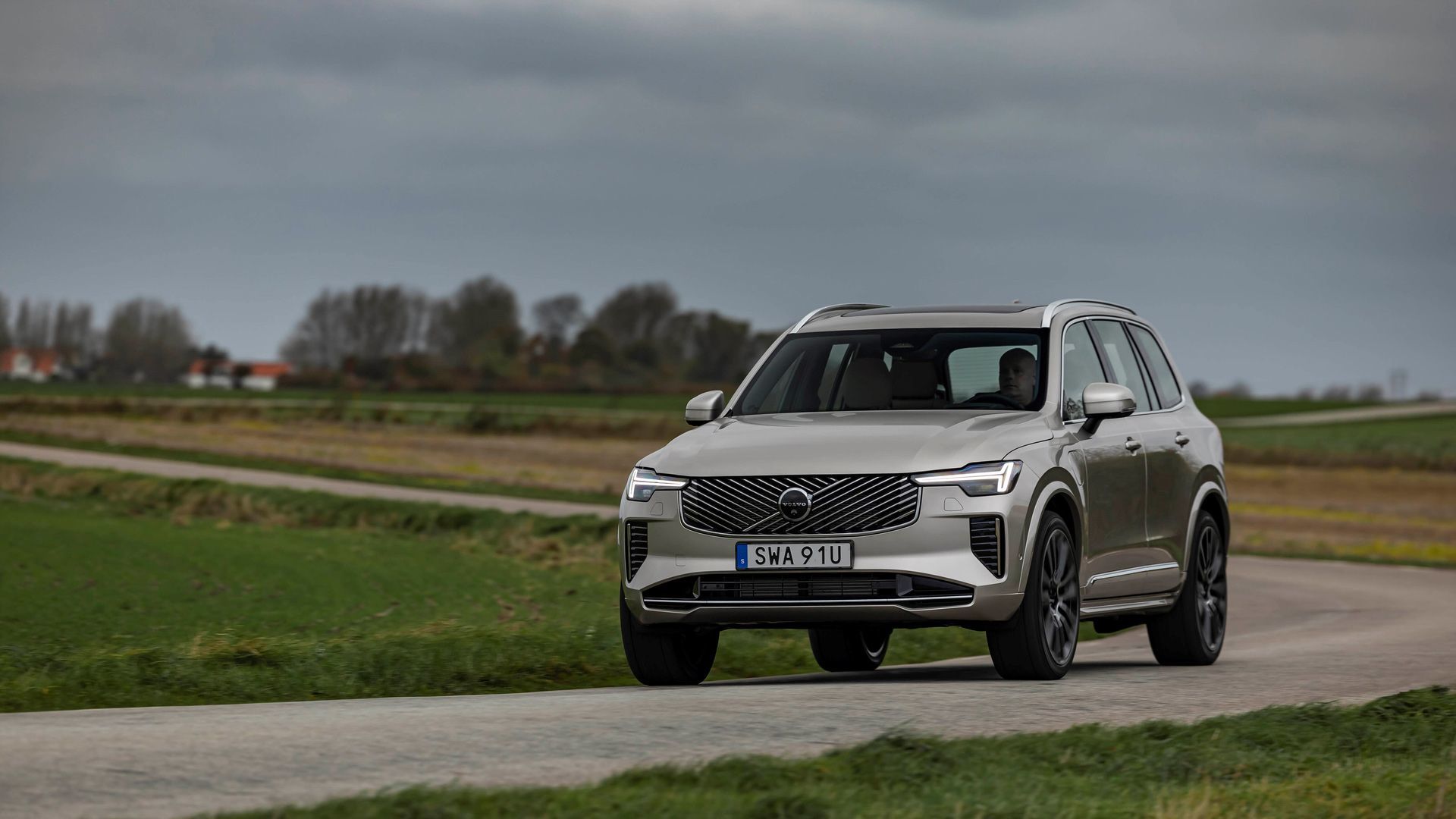
3 Reasons Why the 2026 Volvo XC60 Plug-in Hybrid Elevates Family Luxury in Oakville
As families in Oakville seek vehicles that blend Scandinavian design, advanced safety, and efficient performance, the 2026 Volvo XC60 Plug-in...
Read moreVolvo Cars Oakville

The automotive industry takes a remarkable leap forward with the 2025 Volvo EX90. This fully electric seven-seater SUV marks the beginning of Volvo's electric future while establishing new benchmarks in vehicle safety technology. At the core of this advancement lies a groundbreaking addition to Volvo's sensor suite: LiDAR technology. This sophisticated system fundamentally transforms how the vehicle perceives and responds to its surroundings.
The 2025 Volvo EX90 features an unprecedented array of sensors working in harmony to create what Volvo calls an "invisible shield of safety." While cameras and radar systems have become standard in modern vehicles, the integration of LiDAR pushes the boundaries of what's possible in automotive safety, particularly in challenging conditions where traditional systems falter.
What Makes LiDAR Different?
LiDAR (Light Detection and Ranging) uses pulsed laser light to measure distances with exceptional precision. Unlike cameras that require adequate lighting or radar that sometimes struggles with object definition, LiDAR creates highly detailed three-dimensional maps of the vehicle's surroundings regardless of lighting conditions.
The roofline-embedded LiDAR system in the 2025 Volvo EX90 demonstrates remarkable capabilities. It detects pedestrians up to 250 metres away and identifies objects as small as a tire on a black road from 120 metres—all while traveling at highway speeds. This level of perception works consistently day and night, providing an additional layer of safety that complements the vehicle's cameras and radar.
The impact of this technology on real-world safety is substantial. Volvo's research indicates that adding LiDAR to an already safe vehicle reduces accidents with severe outcomes by up to 20 percent, with overall crash avoidance improving by up to 9 percent.
The Complete Sensor Suite
LiDAR represents just one component of the 2025 Volvo EX90's comprehensive sensor array. The vehicle features:
This extensive network of sensors feeds data to powerful onboard computers running Volvo's proprietary software. The NVIDIA DRIVE platform processes this information to create a continuous, 360-degree real-time view of the world around the vehicle.
Advanced Driver Assistance Systems
The rich stream of data from the 2025 Volvo EX90's sensor array enhances the performance and reliability of its driver assistance features. The Pilot Assist function includes new steering support during lane changes. The system now more accurately identifies potential hazards and provides timely interventions when necessary.
What sets the EX90 apart is not just the quantity of sensors but how they work together to create redundancy. If one system encounters limitations, others compensate, ensuring continuous protection. This approach reflects Volvo's understanding that the safest accident is the one that never happens.
Internal Monitoring: Safety Beyond the Road
The 2025 Volvo EX90's safety innovations extend beyond external awareness. Inside the cabin, specialized sensors and cameras monitor driver attention using Volvo's proprietary algorithms. This system gauges eye-gaze concentration to determine if you're distracted, drowsy, or otherwise inattentive.
The response is appropriately graduated—starting with gentle reminders that become more insistent if needed. In extreme cases, such as if you fall asleep or experience a medical emergency while driving, the EX90 safely brings the vehicle to a stop and calls for assistance.
Preparing for the Autonomous Future
Perhaps most significant is that the 2025 Volvo EX90 comes hardware-ready for future unsupervised driving capabilities. Once Volvo completes necessary safety verifications and obtains required approvals, the autonomous driving technology can be implemented through over-the-air updates.
This forward-thinking approach means the EX90 isn't just designed for today's safety challenges but is equipped to evolve as autonomous driving technology matures—potentially offering even greater safety benefits in the future.
Your Safety Shield on Every Journey
The 2025 Volvo EX90 demonstrates how the integration of LiDAR with other advanced sensing technologies creates a preventative safety system that surpasses previous possibilities. The vehicle constantly analyzes its surroundings, predicts potential risks, and stands ready to assist when necessary.
With its impressive 499 km driving range on a single charge and ability to charge from 10 to 80 percent in approximately 30 minutes, the 2025 Volvo EX90 doesn't compromise on practicality while delivering these advanced safety features.
Ready to experience the future of automotive safety? Visit Volvo Cars Oakville to see the 2025 Volvo EX90's LiDAR technology in action. Our team will walk you through how this innovative safety system transforms your driving experience with protection you can count on, even in conditions where you can't see the danger yourself.

3 Reasons Why the 2026 Volvo XC60 Plug-in Hybrid Elevates Family Luxury in Oakville
As families in Oakville seek vehicles that blend Scandinavian design, advanced safety, and efficient performance, the 2026 Volvo XC60 Plug-in...
Read more
2026 Volvo XC60 in 4 Points: Compact SUV Power, Versatility Tailored for Active Lifestyles
The 2026 Volvo XC60 brings a comprehensive refresh to one of the brand's most successful models, combining advanced technology with refined...
Read more
How Volvo's ADAS Boosts Everyday Safety for Oakville Drivers
Picture your morning commute down Trafalgar Road or navigating the busy QEW interchange—traffic slowing unexpectedly, a cyclist appearing in your...
Read more